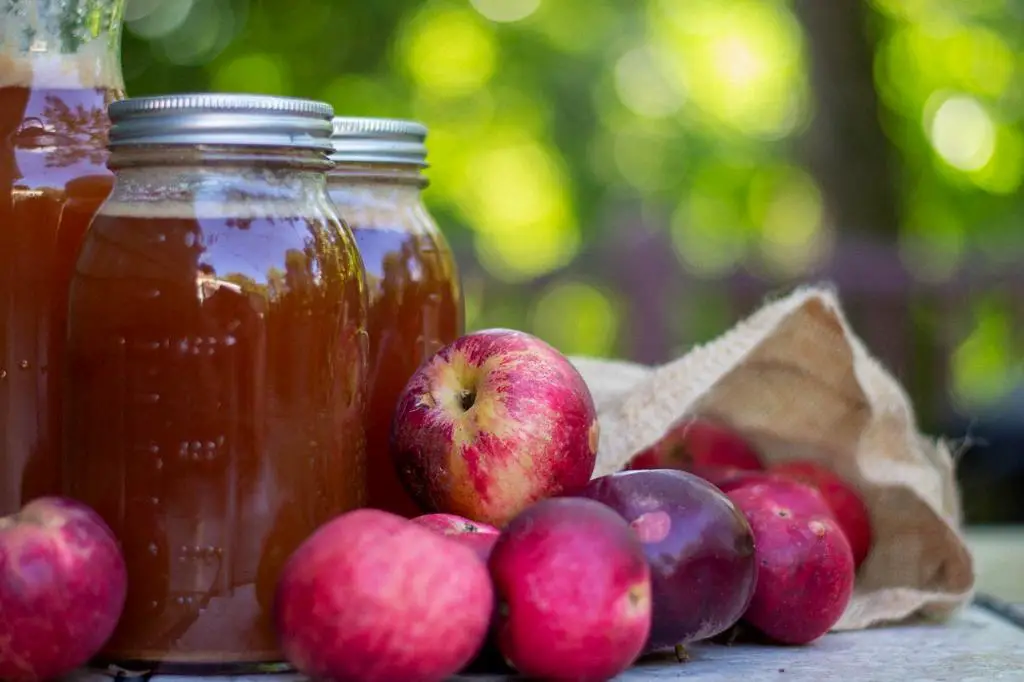When it comes to caring for wounds, it’s important to know how to properly clean and treat them to promote healing and prevent infection. One common question people have is what is the best thing to soak a wound in? Let’s explore some options and find out what works best.
1. Running Tap Water
One of the simplest and most effective ways to clean a wound is to rinse it under running tap water. This helps to remove dirt, debris, and bacteria from the wound surface. Gently use your hand or a clean cloth to flush the wound for 5 to 10 minutes.
2. Saline Solution
Another option is to soak a gauze pad or cloth in saline solution. Saline solution is a mixture of salt and water that closely resembles the body’s natural fluids. It helps to cleanse the wound without causing any further damage. Simply apply the soaked cloth or pad gently on the wound and dab it to clean.
3. Tap Water
If you don’t have access to a saline solution, using tap water is still a good alternative. Ensure that the water is clean and not too hot or cold, as extreme temperatures can be harmful to the wound. Soak a clean cloth or cotton ball in the tap water and gently wipe or dab the wound to cleanse it.
4. Alcohol-Free Wipes
If you prefer a ready-to-use option, alcohol-free wipes can be a convenient choice for wound cleaning. These wipes are specifically designed to cleanse wounds gently without causing any stinging or irritation. They are effective in removing dirt and bacteria from the wound area.
5. Avoid Antiseptics
When cleaning wounds, it’s crucial to avoid using antiseptics as they can damage the skin and delay healing. Antiseptics, such as hydrogen peroxide or iodine, may kill bacteria but can also harm healthy cells needed for the wound healing process. Stick to gentle cleansing methods mentioned above.
6. The Importance of Cleanliness
Regardless of the method you choose, cleanliness is key in wound care. Always wash your hands thoroughly before cleaning a wound to avoid introducing additional bacteria. Additionally, ensure that any materials you use, such as cloths or gauze pads, are clean and sterile to prevent contamination.
7. Proper Dressing
After cleaning the wound, it’s essential to apply an appropriate dressing. This helps to protect the wound from dirt and further injury while allowing it to heal optimally. Depending on the type and severity of the wound, your healthcare professional may recommend using adhesive bandages, sterile gauze, or other specialized dressings.
8. Signs of Infection
While proper wound care significantly reduces the risk of infection, it’s important to be aware of the signs that may indicate an infected wound. These signs include increased pain, redness, swelling, warmth around the wound, pus or discharge, or fever. If you notice any of these symptoms, it’s essential to seek medical attention.
9. Follow Your Healthcare Provider’s Instructions
Every wound is different, and specific care instructions may vary. It’s crucial to follow the advice and treatment plan given by your healthcare provider. They will be able to assess the wound properly and provide you with personalized guidance on how to best care for your specific injury.
10. When to Seek Professional Help
While minor wounds can often be treated at home, certain situations require medical attention. If the wound is deep, wide, or caused by a dirty or rusty object, it’s advisable to seek professional help. Additionally, wounds that don’t stop bleeding after applying pressure or those at risk of infection, such as animal bites, should be evaluated by a healthcare provider.
11. Prevention Is Key
Preventing wounds can save you the hassle of dealing with their care. Remember to take precautions such as using protective gear during activities that pose a risk of injury, regularly inspecting your surroundings for potential hazards, and practicing good hygiene to reduce the chances of developing wounds.

12. Conclusion
When it comes to soaking a wound, the best options are running tap water, saline solution, or alcohol-free wipes. Avoid using antiseptics as they can hinder the healing process. Remember to prioritize cleanliness and follow proper wound care techniques to promote healing and prevent infection. If in doubt, always consult with your healthcare provider for personalized advice and treatment.
